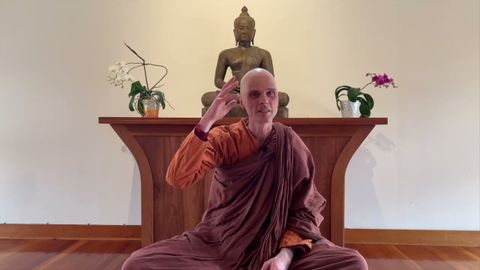ビクフー・アナーラーヨ|体現されたマインドフルネス|2020年4月 (Bhikkhu Anālayo | An embodied mindfulness | April 2020)
Mook が 2024 年 08 月 26 日 に投稿  この条件に一致する単語はありません
この条件に一致する単語はありませんUS /æŋˈzaɪɪti/
・
UK /æŋ'zaɪətɪ/
US /pəˈtɛnʃəl/
・
UK /pəˈtenʃl/
- adj.可能性がある;潜在的な
- n. (u.)可能性
- n. (c./u.)可能性;潜在能力;候補者;ポテンシャル
US /pɚˈsɛpʃən/
・
UK /pəˈsepʃn/
- n. (c./u.)知見 : 見識 : 感じ方 : ものの見方;知覚;見方;洞察力
US /ˈæspɛkt/
・
UK /'æspekt/
エネルギーを使用
すべての単語を解除
発音・解説・フィルター機能を解除
